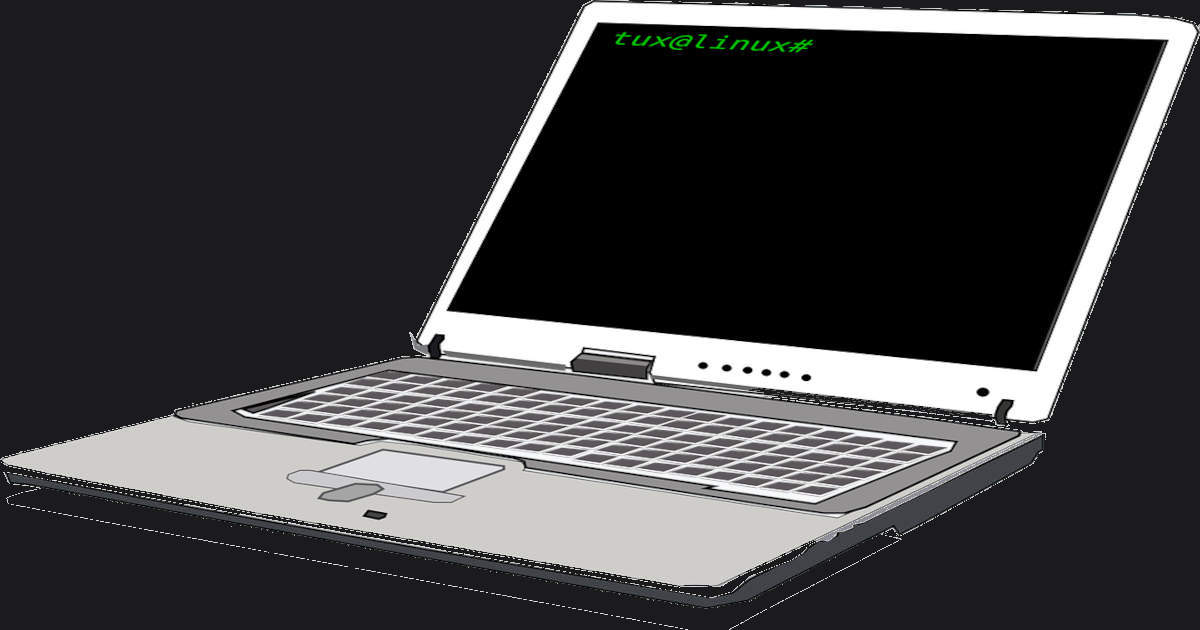Operating System
What is an OS?
An operating system (OS) is software that manages computer hardware and facilitates communication between applications and the underlying hardware. It oversees processes, allocating resources like CPU and memory, and provides a file system for data organization. The OS interacts with input/output devices and often includes a user interface for human-computer interaction. It ensures security through features like user authentication and access control. Examples include Windows, macOS, Linux, and mobile OS like Android and iOS. The OS is a fundamental component that enables the proper functioning of computers and devices.
Remote Connection and SSH
Remote Connection
Allows us to manage multiple machines from anywhere in the world.
Secure Shell (SSH)
A protocol implemented by other programs to securely access one computer from another.
- Popular software to work with SSH, on Linux, OpenSSH program, while on Windows, PuTTY is used.
- In SSH, a pair of public and private keys is used to authenticate the process.
- To securely connect to a remote machine, a VPN is used.
VPN
Allows you to connect to a private network, like your work network, over the Internet.
Remote Connections on Windows
PuTTY
A free, open source software that you can use to make remote connections through several network protocols, including SSH.
DOING PuTTY can be used from CL, as
putty.exe & ssh user@ip\<address>- PuTTY comes with a Plink or PuTTYlink program, which can also be used for SSH-ing to other computers.
- Microsoft provides another way to remotely connect with Windows computer via GUI, called Remote Desktop Protocol (RDP).
Components of an Operating System
Operating System
The whole package that manages our computer’s resources and lets us interact with it.
- Two main parts
- 1) Kernel: Storage and file management, processes, memory control, I/O management
- 2) User Space: Everything out of the scope of the Kernel, like application, CLI tools etc
Files and File Systems
File storage include three things:
1) Data 2) File handling 3) Metadata
Block Storage
Improves faster handling of data because the data is not stored as one long piece and can be accessed quicker.
Process Management
Process
A program that is executing, like our internet browser or text editor.
Program
An application that we can run, like Chrome.
Time slice
A very short interval of time, that gets allocated to a process for CPU execution.
Role of Kernel
- Create processes
- efficiently schedules them
- Manages how processes are terminated
Memory Management
Virtual Memory
The combination of hard drive space and RAM that acts like memory that our processes can use.
Swap Space
Allocated Space for virtual memory.
I/O Management
- Kernel does Input/Output devices by managing their intercommunicating and resource management etc.
Interacting with the OS: User Space
Two ways to interact with the OS
Shell
A program that interprets text commands and sends them to the OS to execute.
GUI
Logs
Files that record system events on our computer, just like a system’s diary.
The Boot Process
The computer boots in the following order.
BIOS/UEFI
A low-level software that initializes our computer’s hardware to make sure everything is good to go.
POST
Power on Self Test (POST) is performed to make sure the computer is in proper working order.
Bootloader
A small program that loads the OS.
Kernel
- System Processes
- User Space
